Mary Quant: The miniskirt pioneer who defined 60s fashion
British fashion designer Mary Quant, credited with designing the miniskirt that helped to define the Swinging '60s, has died aged 93.
Let's take a look back at her life in pictures.
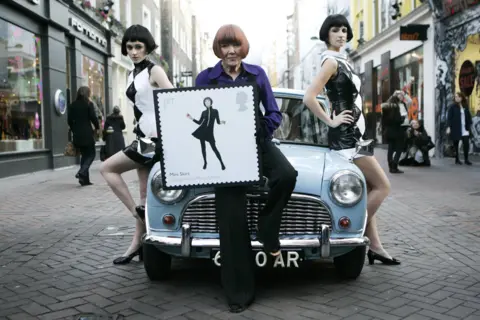 PA Media
PA MediaIn 1955, Quant set up a shop called Bazaar just off the King's Road in London's Chelsea area, where she sold a range of clothes and accessories.
 Mirrorpix
MirrorpixHer clothes appealed to a new generation of women who had decided they did not want to dress like their mothers.
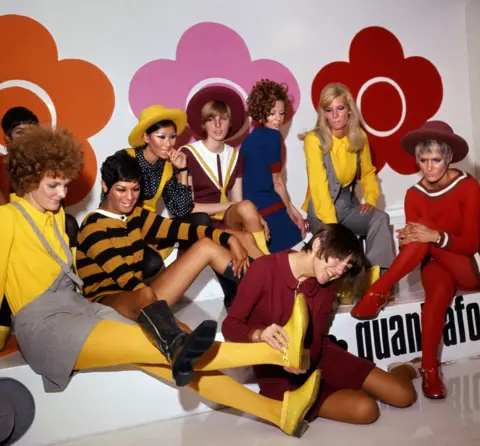 PA
PA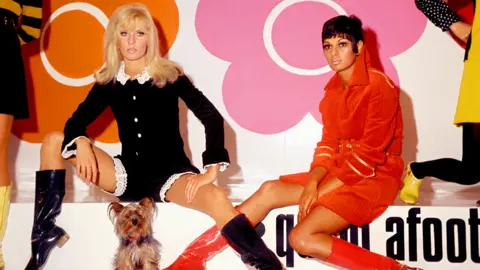 Alamy
Alamy She won a scholarship to London's prestigious Goldsmiths College, where she failed to complete her course but did meet future husband and business partner Alexander Plunket Greene.
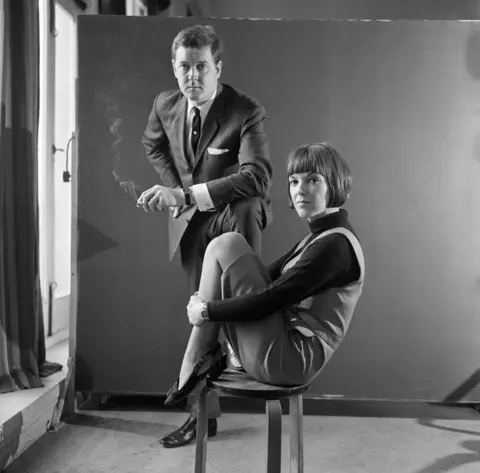 Mirrorpix
MirrorpixIt was the miniskirt more than any other garment that came to epitomise the new liberated woman.
Hems had been rising since the late 1950s - but it was Quant who popularised the style and put it out into the mass market.
 Pictorial Press Ltd / Alamy Stock Photo
Pictorial Press Ltd / Alamy Stock PhotoAn era-defining haircut by iconic stylist Vidal Sassoon was named after Quant, who was one of his celebrity clients.
The cut was a geometric five-point bob, which was worn by the fashion designer and contrasted sharply with the romantic, curly look of the 1950s.
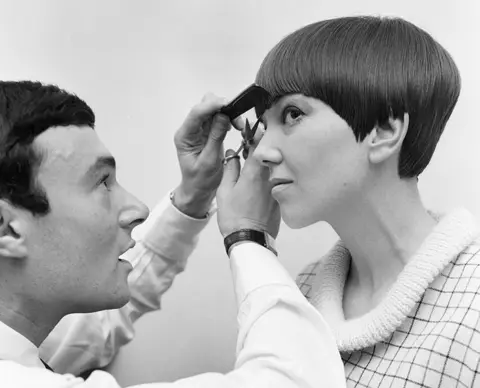 Mirrorpix
MirrorpixIn 1966 she was awarded an OBE for her contribution to fashion.
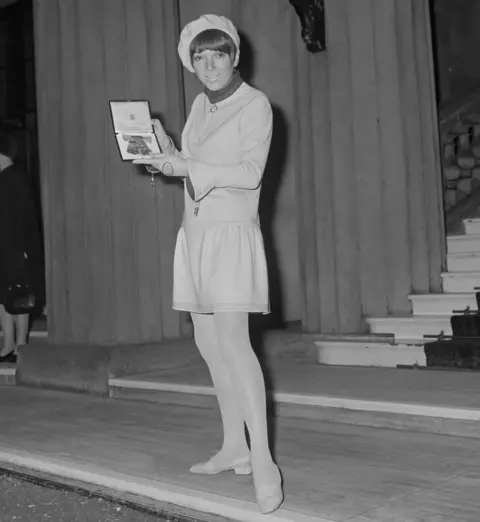 Getty Images
Getty ImagesBy the 1970s she had begun moving away from clothes design, eventually turning her attention to cosmetics and perfumes.
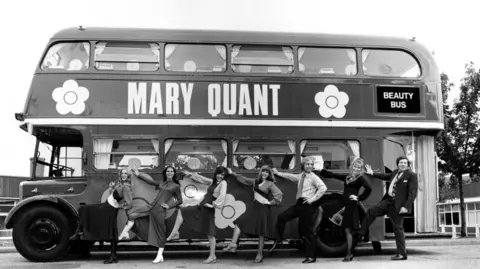 Alamy
AlamyThe packaging was stamped with her iconic, stylised black-and-white daisy motif.
 Alamy Stock Photo
Alamy Stock Photo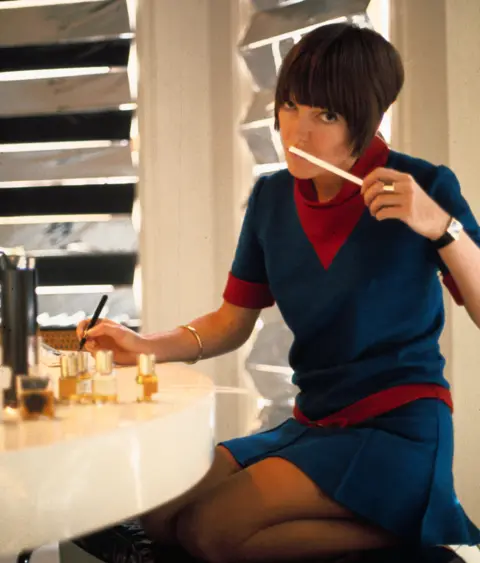 Getty Images
Getty ImagesQuant stepped back from the cosmetics business that bore her name when she sold it to a Japanese company in 2000.
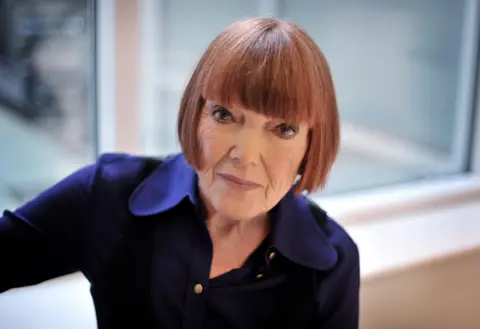 REX/Shutterstock
REX/ShutterstockIn an interview in 2012 she was asked whether she was ever surprised by how successful she had been.
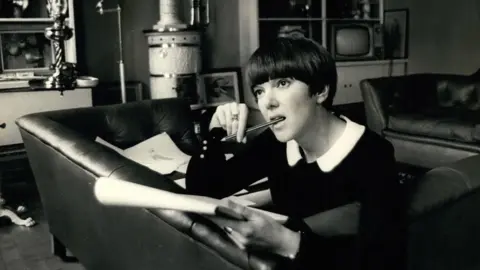 Keystone Press / Alamy Stock Photo
Keystone Press / Alamy Stock Photo"I mostly felt, my God, what a marvellous life you had, you are very fortunate," she said. "I think to myself, 'you lucky woman — how did you have all this fun?'"
She was made a dame in 2015.
 Getty Images
Getty ImagesIn 2019 the Victoria and Albert Museum in London, which has the largest collection of Quant clothing in the world, presented an exhibition looking at her legacy.
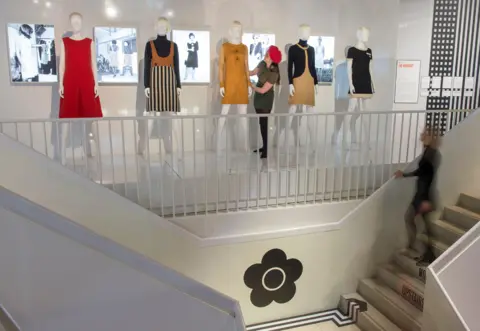 Alamy
Alamy All pictures subject to copyright
